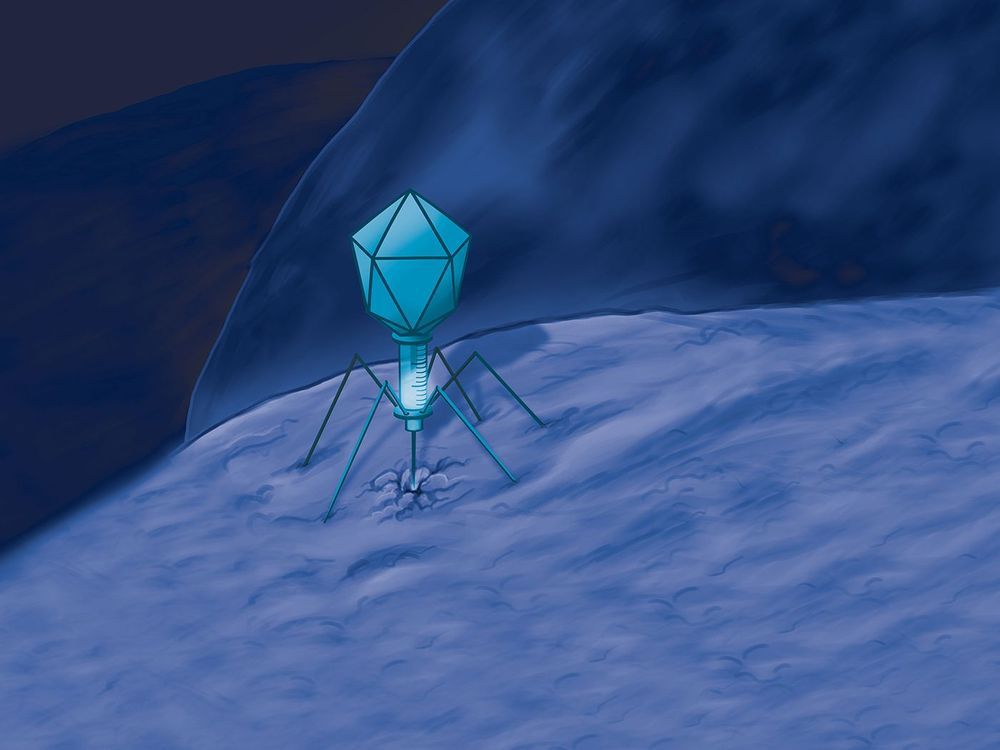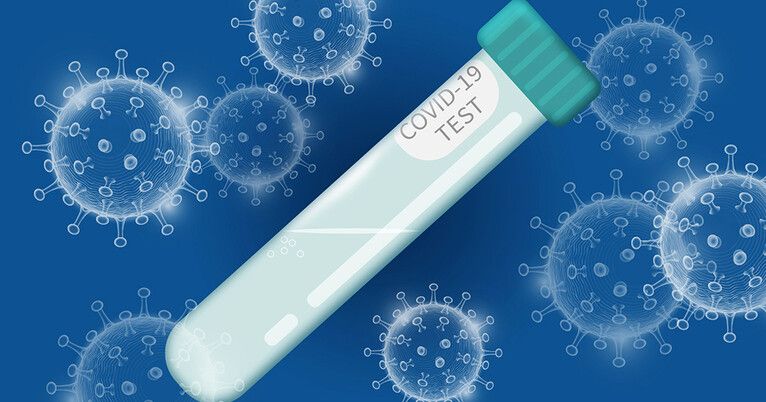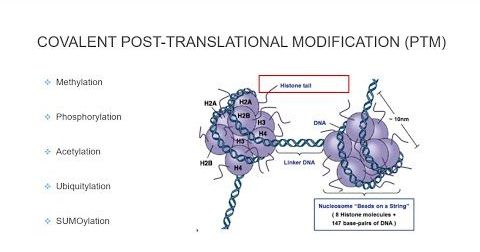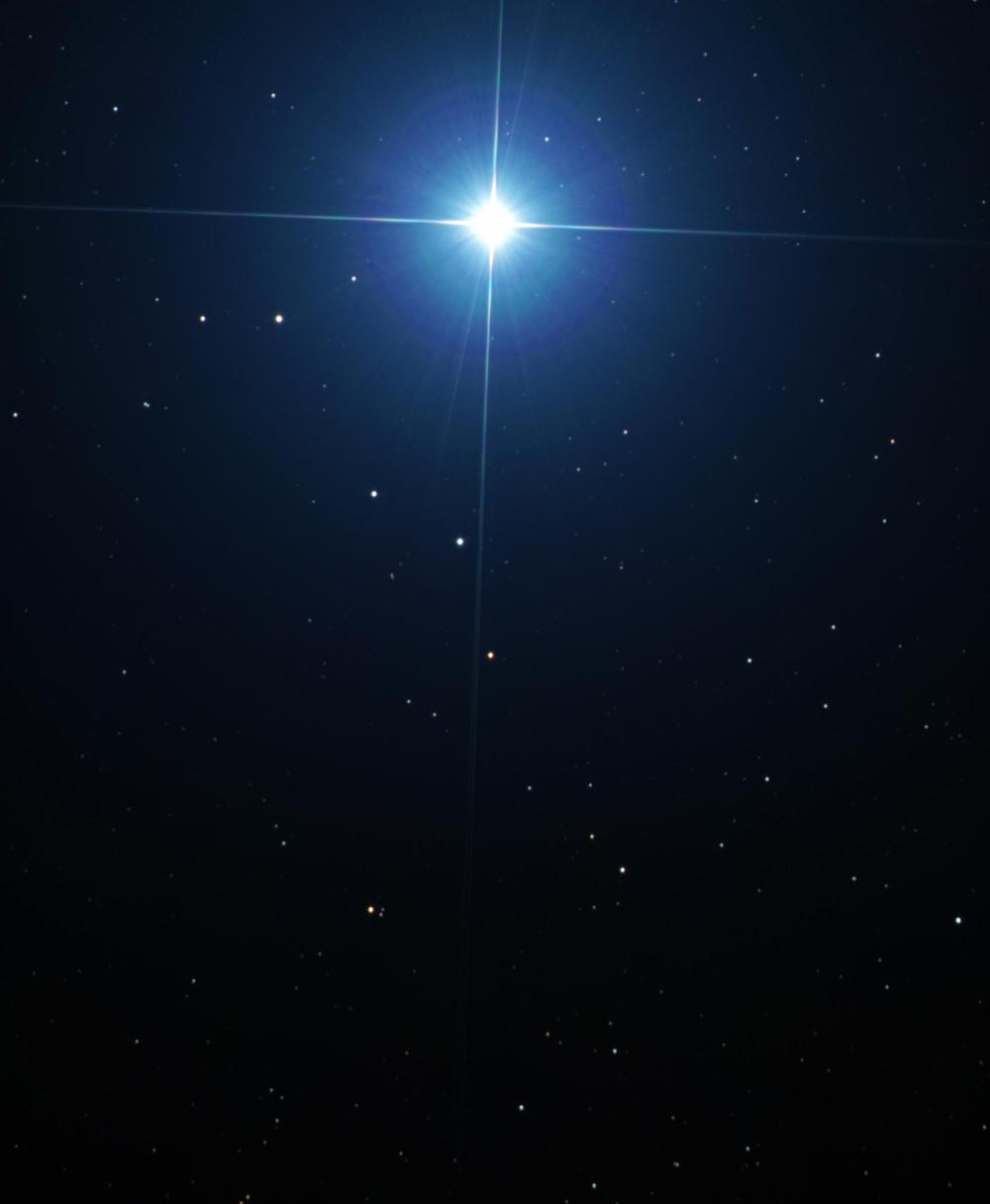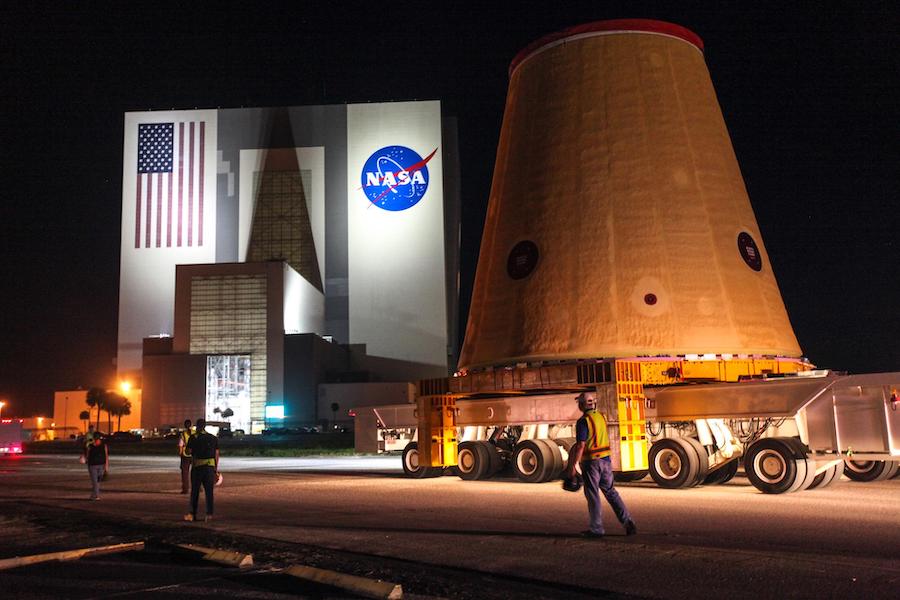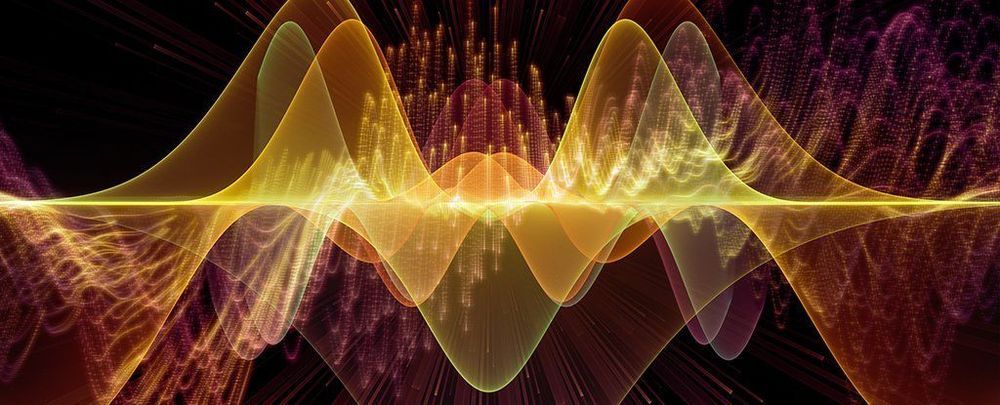Aug 16, 2020
Lysins Unlimited: Phages’ Secret Weapon
Posted by Omuterema Akhahenda in categories: biotech/medical, military
Instead of recruiting whole phages into phage therapy armies, antibacterial campaigns may simply requisition the organisms’ battle-tested cell-wall-breaching enzymes.
It was 1917 when Felix d’Herelle, at the Institut Pasteur in Paris, first proposed using bacteriophages (or phages)—viruses that infect bacteria—as a therapy for human bacterial infections. Although used for decades in parts of Europe, notably Russia, Poland, and the Republic of Georgia, phage therapy is only permitted in the United States under the “compassionate use” umbrella—when there is nothing else available.
The rise of multidrug-resistant bacteria that defy traditional antibiotics has forced clinicians to seek alternative measures to curb deadly infections. Two cases made headlines in recent years. In 2016, the life of Thomas Patterson, PhD, a professor of psychiatry at the University of California, San Diego, was saved by phage therapy after he developed a deadly Acinetobacter baumannii infection. (The story is recounted in The Perfect Predator, the book that Patterson co-authored with his wife, epidemiologist Steffanie A. Strathdee, PhD.) Last year, the life of an English teenager was saved after she developed an infection following a lung transplant for cystic fibrosis.
Continue reading “Lysins Unlimited: Phages’ Secret Weapon” »
